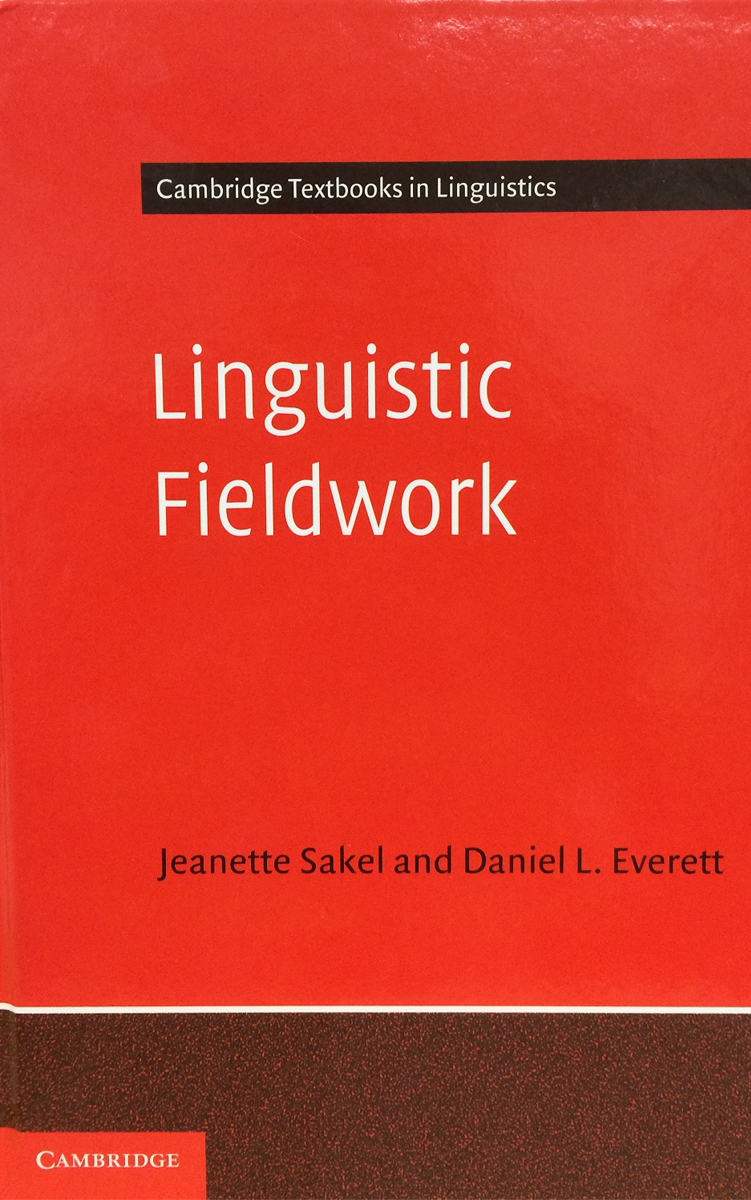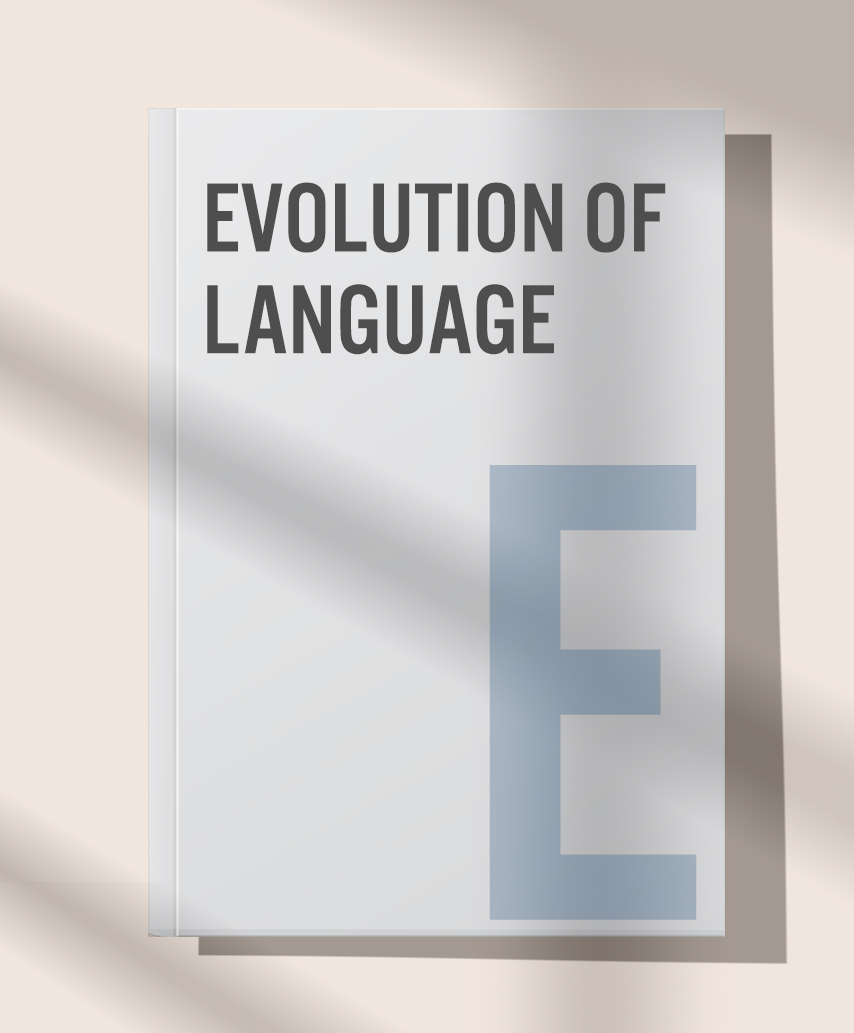I would like to provide a brief overview of my research program for the past decade or so. Although I began as a field researcher with the “mere” goal of understanding the languages I was working on in Brazil, the USA, and Mexico – along with their implications for Chomsky’s theoretical linguistics – I eventually reached a point in 2005 where it seemed to me that the data I was finally beginning to understand in the monolingual field situation of the Pirahas, where neither of us spoke the other’s language, until I finally learned to speak theirs, simply could not be made to “fit” the idea known as Universal Grammar. For this reason, in 2005, I published my paper “Cultural Constraints on Grammar and Cognition in Piraha: Another Look at the Design Features of Human Language,” in the journalCurrent Anthropology. This was met by both positive and negative comments, as is to be expected with any original research. After interacting with and learning from many of my critics and supporters, I decided that I should develop in more detail the conceptual foundations of my ideas. Therefore, I wrote the book, Don’t Sleep, There are Snakes in 2008. After that book appeared, I realized that I needed to further develop my model of language, in particular making the case that language is not innate.
That resulted in Language: The Cultural Tool in 2012. Looking around, I couldn’t see a textbook on field methods that taught young linguists how to do the kind of culture-language research that I considered essential, so I co-authored (with Jeanette Sakel), Linguistic Fieldwork: A Student Guide, also in 2012. Next there was a gap in the literature on what culture was. So I wrote Dark Matter of the Mind: The Culturally Articulated Unconscious, in 2016, in order to remedy this with a book that proposed a new theory of the connections between cognitive science, linguistics, and culture. After this, I realized that I needed to show how language and culture got to have the relationship that they have in the history of human evolution. So I wrote How Language Began: The Story of Humanity’s Greatest Invention, W.W. Norton, 2017. And now, just when I thought I might have everything behind me and be able to move on to a pet project on the evolution of cognition, I recognized another gap, a philosophy of language to undergird my theory of cognitive science, linguistics, and culture. Therefore, I am currently working on Peircean Linguistics: A Chapter in the History of Empiricist Thought (not coincidentally, this is similar to a 1966 book by Chomsky, Cartesian Linguistics: A Chapter in the History of Rationalist Thought – I believe that Descartes’ philosophy never really panned out well for linguistics and that C.S. Peirce’s semiotics and pragmatism provide a much better foundation for linguistics as I conceive of it).











